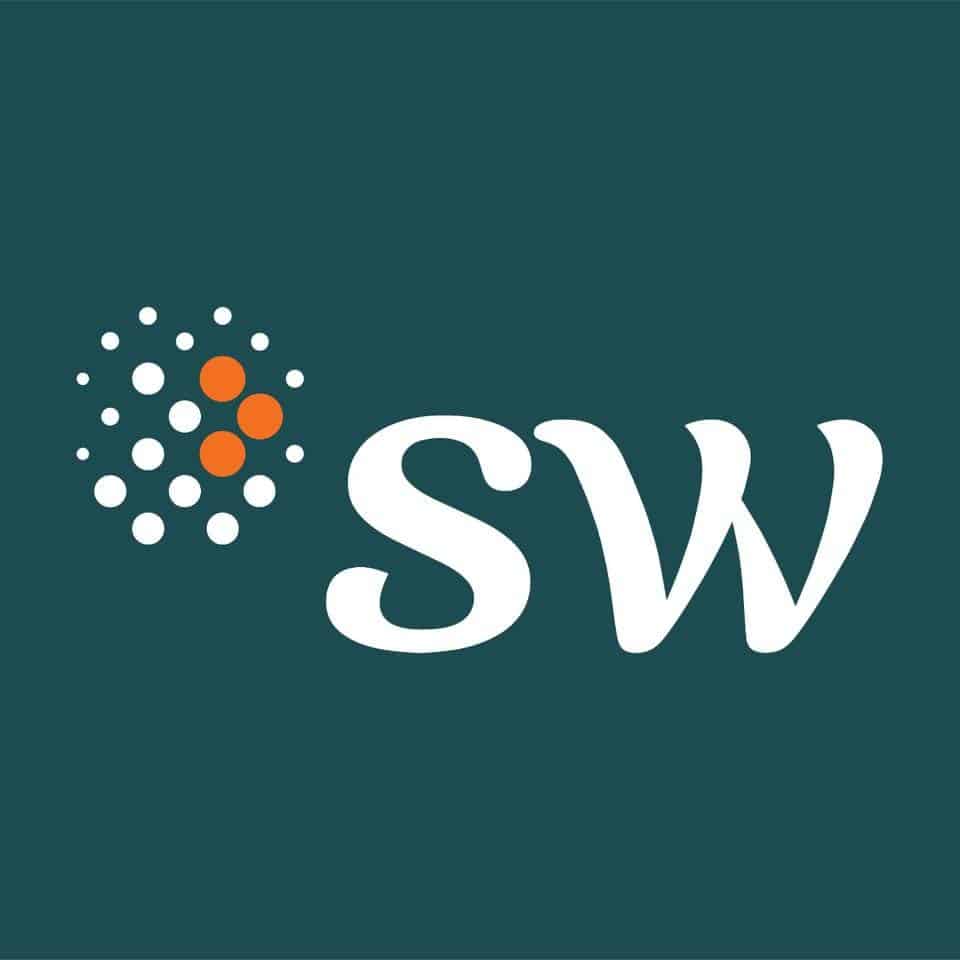Statement of Financial Accounting Standards (PSAK) 71 is a guide on the recognition and measurement of financial instruments. This PSAK refers to International Financial Reporting Standard (IFRS) 9 and replaces most of the provisions in PSAK 55 that were previously applicable.
Table of Contents
Classifying and Measuring Financial Assets and Liabilities
The Company classifies and measures financial assets at amortized cost, fair value through other comprehensive income, and fair value through profit or loss. Companies also need to classify and measure financial liabilities at fair value through profit or loss if they are managed on a fair value basis or contain embedded derivatives that cannot be separated.

Impairment Provision for Financial Assets and its Impact
One of the important points in PSAK 71 is the provision for impairment of financial assets in the form of receivables, loans, or credit. This standard fundamentally changes the method of calculation and provision for losses due to uncollectible loans. If previously in PSAK 55, the new provision obligation arises after an event that results in the risk of default, PSAK 71 requires the Company to make a provision from the beginning of the credit period.
The Expectation of Future Credit Losses and Allowance for Losses
The basis for the current provision is the expectation of future credit losses based on various factors, including future economic projections. The Company makes allowance for losses on credit impairment for all categories of credit or loans, whether they are current, doubtful, or bad.
Anticipating Losses with the Implementation of PSAK 71
The implementation of PSAK 71 is considered to have a better impact on anticipating losses that occur due to various unexpected events, such as the COVID-19 pandemic phenomenon. When this happens, the good impact of the Expected Credit Loss (ECL) approach will be seen because the Company has a loan loss provision that has been reserved in advance.
Looking Beyond Historical Data: Future Possibilities and Loss Reserves
The application of PSAK 71 does not only refer to historical data. However, it is also necessary to look at the possibilities that will occur in the future, including how much loss reserves need to be prepared. To determine the significant increase in credit risk and recognize a collective allowance for losses, the Company may classify financial instruments based on the similarity of credit risk characteristics. Banking and other financial industries need significant effort to see the future possibilities.
Looking for expert guidance and assistance with the implementation of PSAK 71? Look no further than SW Indonesia, a trusted partner in navigating the complexities of financial reporting standards. With a team of experienced professionals well-versed in PSAK 71 and its implications, SW Indonesia can provide tailored solutions to ensure compliance and maximize the benefits of this accounting standard. Contact us today at +62 2993 2132 to discuss your specific needs and discover how we can assist you in effectively implementing PSAK 71 for your organization’s financial instruments.













